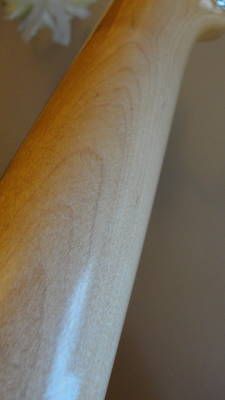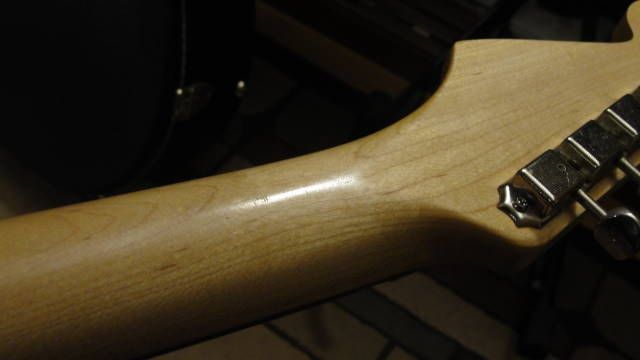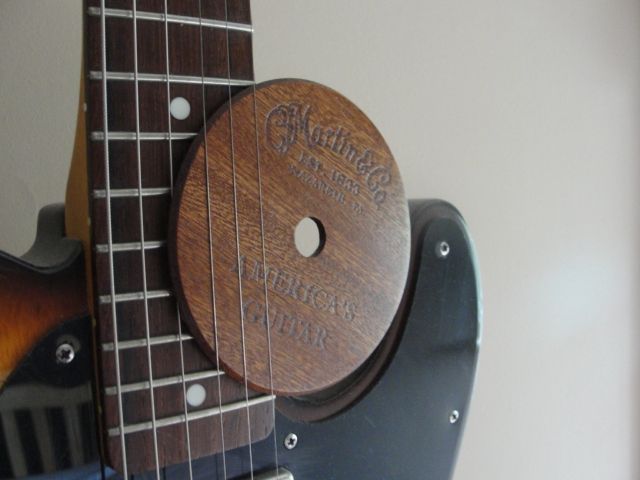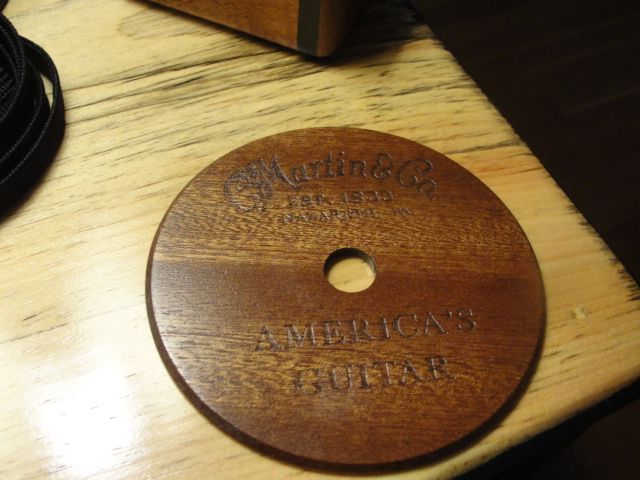
 |
|
#16
|
|||
|
|||
|
Quote:
Quote:
 Too much dust every day. Too much dust every day. Overall, I am not too much upset about this incident. If the similar thing would have happened to my 000-15M, I would have been very much upset. But LX1 is just a 'utility' guitar, not a totem. |
|
#17
|
|||
|
|||
|
First, if one is going to do anything to an existing finish, one needs to know something about that finish. If you don't know what the finish is, or what kind of finish it is, it is best to leave it alone but for the occasional use of a slightly damp cloth.
Second, less expensive instruments often reduce manufacturing costs by using satin finishes of minimal thickness. As you have now discovered, attempting to polish or buff those, one will cut through them. They were never meant to be buffed or polished. Third, spruce is a "closed-pore" wood, meaning that it has very small pores, too small to have polishing products get trapped in its pores. The whitish areas are not polishing product trapped in the pores of the spruce. You can contact the manufacturer of the product you used, but there isn't much they can tell you but not to do what you did. Fourth, if one wishes, there is nothing wrong with applying a thin coat of wax to a finished surface. Some "finishes" are nothing more than wax, though a wax finish is not a good choice for a musical instrument. Fifth, if you do not know what type of finishing material has been applied to an instrument, applying a bunch of solvents as "cleaners" is unwise. At least test in an inconspicuous area prior to use to see if the "cleaner" reacts with that finish. Last, you probably don't want to apply a "stain" or any other penetrating finish to the unfinished top. Many finishes and stains won't adhere well unless the top is taken back to clean, bare wood. (Shellac is an exception.) |
|
#18
|
|||
|
|||
|
wipe and clean with naptha / sand from 320 to 220 and tru-oil 3-6 coats a day
with 2-3 hours between coats and 220 sanding every 3rd to 4th coat it will look like this A strat neck and Martin C-hole cut-out I also did the sunburst Tele in Nitro    
|
|
#19
|
|||
|
|||
|
Quote:
No, I do not like stain, especially amateurish stain, and I understand very well that it will not adhere in this case (unless I sand a consideable part of the top). So, possibly, beeswax was not a bad idea after all. I have used beeswax on wood many times, and on Barbour coats as well. It will need a little help of hairdrier, but I will apply it very accurately not to dry/burn the top. Thank you very much, bluetweed, for your advice, your pictures give a good impression, but I would not go for it, too much work and lack of conditions at home as I described above in my previous post. |
|
#20
|
|||
|
|||
|
Leave it and tell people it's a Bob Dylan Tangled up in Blue model

__________________
Martin 000-17SM Supro 2030 Hampton Taylor 562ce 12 X 12 Taylor GS Mini-e Spruce/Rosewood Waterloo WL-S Wechter TO-8418 Cordoba 24T tenor ukulele Kanile'a Islander MST-4 tenor ukulele Kiwaya KTC-1 concert ukulele Kolohe concert ukulele Mainland Mahogany soprano ukulele Ohana SK-28 soprano ukulele Brüko No. 6 soprano ukulele |
|
#21
|
|||
|
|||
|
Quote:
__________________
Assuming is not knowing. Knowing is NOT the same as understanding. There is a difference between compassion and wisdom, however compassion cannot supplant wisdom, and wisdom can not occur without understanding. facts don't care about your feelings and FEELINGS ALONE MAKE FOR TERRIBLE, often irreversible DECISIONS 
|
|
#22
|
|||
|
|||
|
Quote:
Beeswax polishes, such as often used for salad bowls, are usually beeswax with a solvent, such as mineral spirits, to produce a consistency that can be wiped on. The solvent will evaporate leaving behind the beeswax. That would be better than heating your top with a hair dryer. Wax finishes, generally, provide little resistance to water or sweat, though they are easy to apply/reapply. Some food-grade beeswax recipes use fruit or vegetable oils, such as olive or walnut, etc. Avoid putting penetrating oils on your top: they will sink into the wood and you'll never get them out. They also never harden and will eventually go rancid. |
|
#23
|
|||
|
|||
|
Quote:
Probably, wax is not a good option. And if I'll wax it even once, then it may penetrate into wood and will make it impossible to apply polish such as True-Oil recommended above. Maybe I will leave the guitar as it is for the time being and will come back to it later on, during the summer perhaps. 
|
|
#24
|
|||
|
|||
|
This is what I would do. Hopefully you've learned a valuable lesson - if it ain't broke, leave it alone and play it.
|
|
#25
|
|||
|
|||
|
Catfish, the sad thing is that many guitar owners who try to "improve" their satin finish guitars by shining them up to a high gloss have fairly catastrophic results, just as you have. The major difference in your case is not that this occurred, but that you've shown the rest of us what's happened. Most folks never admit to this sort of mistake publicly.
All of us like the lower prices that satin finish guitars sell for. But those satin finishes simply aren't designed to be shined up. There just isn't enough finish material sprayed onto them to be able to attain a high gloss. That won't stop anyone from attempting to buff out their satin finish guitars, of course - all my years on online guitar forums have taught me that, if nothing else. But it's never a good idea. Wade Hampton Miller |
|
#26
|
||||
|
||||
|
Quote:
__________________
RonSenf 2023 Taylor AD22e 2001 Guild F47RCE Certified Fretting Technician - Galloup School of Luthiery 2005 Guitar Builder/Tech |
|
#27
|
|||
|
|||
|
Clean it with Naptha. See what it looks like after that.
|
|
#28
|
|||
|
|||
|
Quote:
A close look at your pics shows distinct lines near the saddle where your polish didn't penetrate. If you had broken the finish and rubbed into the actual wood, the lines wouldn't be that sharp. There is likely no solvent you can get your hands on that will harm the finish and you could always test it on a small area on the back of the headstock if you're unsure. As opposed to putting any kind of abrasive on it which won't be reversible. Also, please do all of us armchair experts a favor and get back to us with what Planet Waves tells you to remove their product off your guitar. It's their product, they know what's in it and they are your best source of info on how to address your problem instead of us. . .
__________________
Larrivee OO-05, OOV-03, OO-44R & Strat |
|
#29
|
|||
|
|||
|
Thank you everyone! I just sent an e-mail via Planet Waves site with description of the issue and the questions. Gave them link to this thread.
If they will reply, i will report here. |
|
#30
|
|||
|
|||
|
Carefully take it back to bare wood, Then reapply a couple thin coats of clear matte finish.
Ed |